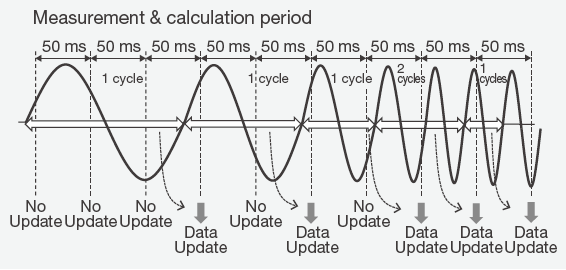Data Acquisition System
Multi-channel data acquisition system involves collecting signals that measure real-world physical circumstances and transforming the generated samples into digital numeric values that control a computer. The acquisition systems also known as DAS, DAQ, or DAU often transform analogue waveforms into converting digital for processing.
Single-Channel
A Single Channel Data Acquisition System comprises a signal conditioner and an analogue to digital (A/D) converter that performs repeating conversions at a specified free operating rate.
The outputs are in digitized code words and include overreach indication, polarity information, and a status output that indicates whether the output numbers are legitimate.
Analog to Digital Converters (Single-channel)
DAS analogue to digital converters is often built to receive external orders to convert and hold. A double slope type converter uses for dc and low-frequency signals. It has the benefit of being capable of linear averaging and having a null reaction for frequencies linked to the integrating period.
Dual slope A/D converters help convert low-frequency data, including thermocouple data, particularly in the presence of noise. The successive approximation kind of converter is the most preferred for data system applications because it can provide high resolution and fast speed at a low cost.
Higher speeds are attainable by using a sample hold before the A/D converter. The sample hold is especially important with consecutive estimation type A/D converters because the latter causes significant non-linearity errors at greater rates of input change. After all, it is unable to tolerate changes throughout the conversion process.
The direct digital conversion performed close to the signal source is highly advantageous when data delivers over a noisy environment. Regardless of a high-level signal of 10 V, an 8-bit converter may cause 1-bit ambiguity when subjected to 40 mV noise.
Multi-Channel Data Acquisition System
Two or more input sources can share time on the Multi-Channel Data Acquisition System. A variety of methodologies uses for similar time-shared measurements, depending on the required attributes of the multiplexed system.
Analog Multiplexed System
A single A/D converter precedes the multiplexer in the multi-channel DAS. Individual analogue signals appeal to the multiplexer either immediately or after amplifying and/or signal to process, as needed. These are then subsequently transformed into digital signals using A/D converters.
To maximise time efficiency, the multiplexer programs look for the next channel transform as the previous data held in the sample switches to digital form. When the translation finishes, the converter’s status line prompts the sample/hold to revert to sample mode and obtains the signal from the next channel.
When the acquisition finishes, either immediately or on demand, the S/H changes to retain mode, a conversion begins, and the multiplexer picks the next channel. This technology is slower than systems that multiplex S/H outputs or perhaps A/D converter outputs, but it has the clear advantage of being less expensive owing to the sharing of the bulk of sub-systems.
In circumstances when signal changes are exceedingly slow, measurement precision attains even without the S/H.
Difference Between Single channel and Multi-channel data acquisition systems:
In a data acquisition system, a channel represents an input source often a sensor that you want to monitor, digitise, and analyse further.
Multi-channel DAQ refers to data acquisition systems that have many such input sources. And single-channel DAQ refers to data acquisition systems that have a single input source. The channels multiplex where there is just one ADC or they can be independent with their entire systems. As is clear, the cost of DAQs with separate channels is typically greater.
All conversions in a single-channel acquisition system assign to that channel. However, with the multi-channel, you must first determine a correct attribution modelling scale and then assign a percentage of glory to each channel that engages in the conversion.
Conclusion:
Graphtec data acquisition features indicate the system’s focal point, connecting a wide range of products such as detectors that demonstrate temperature, level, flow, or pressure. They are goods and/or methods that collect data to document or study a phenomenon. In its most basic form, data acquisition performs by a technician who writes the temperature of an oven on a sheet of paper.
Data acquisition systems can be of two types, single or multi-channel. The multi-channel data acquisition system is accessible via the Multi-channel data acquisition system in Delhi.


